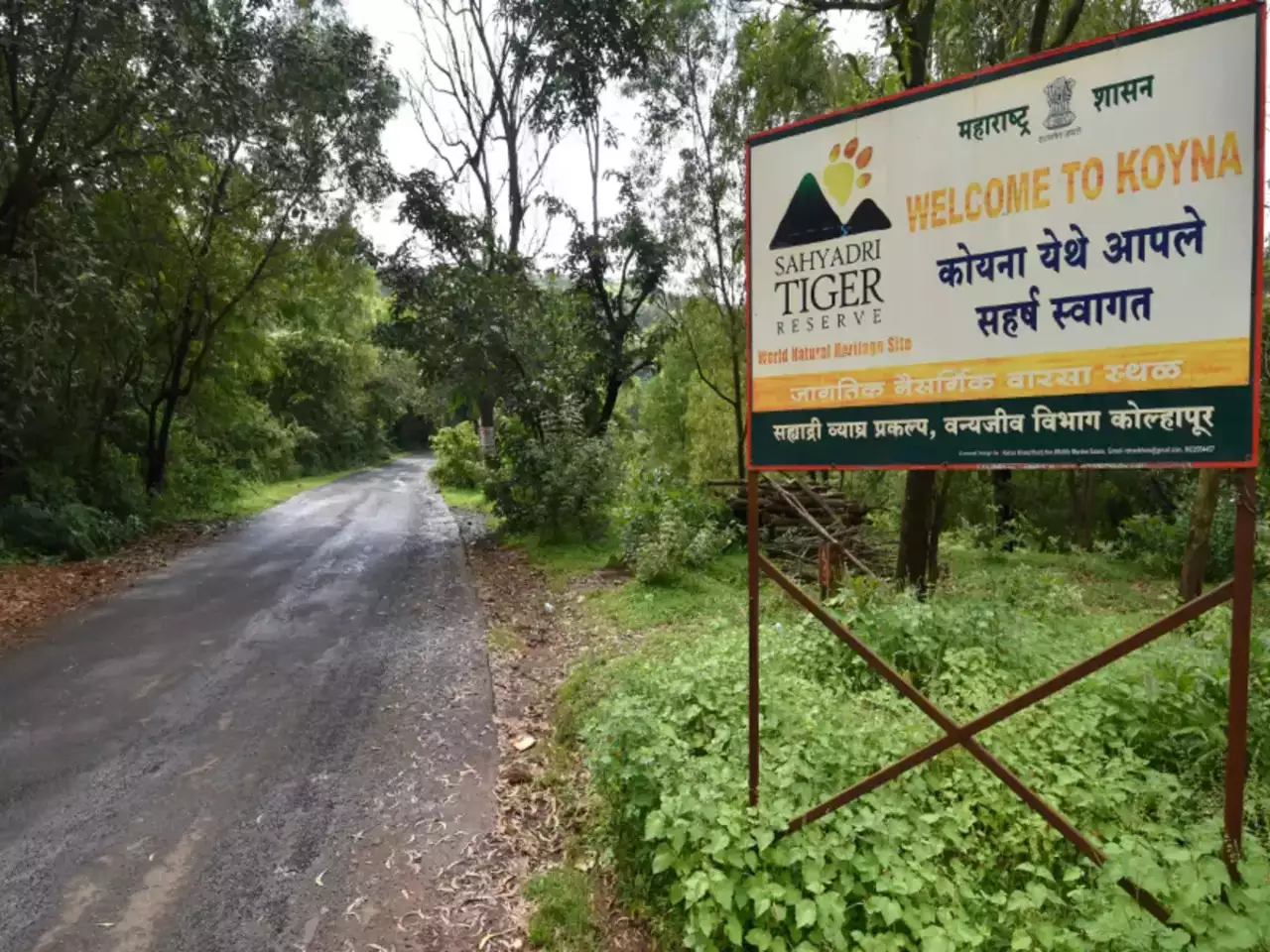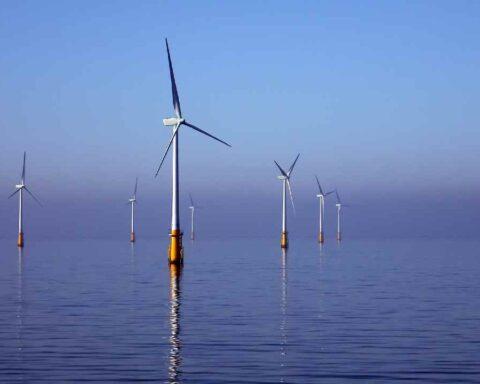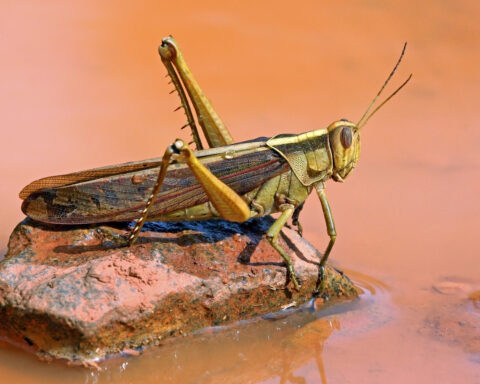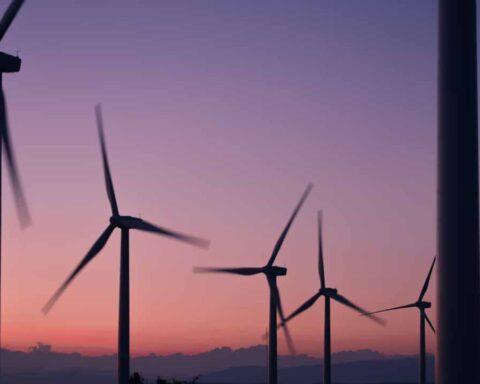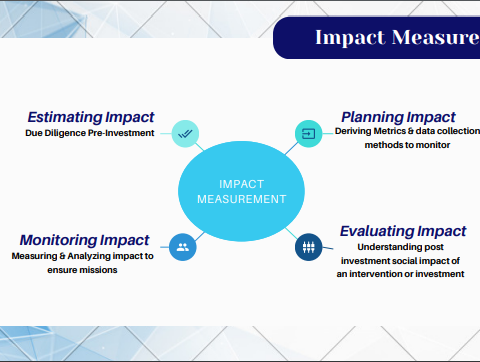“If you let nature take its course without causing any disturbance, it will always replenish itself”, says Sunil Kale, gently touching a jamun plant in one of the plantations. He is a project manager of a steadily progressing conservation project centred around the Koyna-Chandoli corridor which lies between the Koyna Wildlife Sanctuary and the Chandoli National Park. The project is being implemented by a Pune-based NGO, Wildlife Research and Conservation Society (WRCS), dedicated to conservation of wildlife and natural resources. The plantations, comprising approximately 515 acres of non-continuous land, have grown healthily, expanding over 18 villages since 2014. Apart from growing trees in plantations, the project also has the local community involved in income-generating activities such as beekeeping, food processing [from the generated forest produce], eco-tourism and setting up other cottage industries.
A group of eight students from FLAME University, had come to study this conservation initiative in Koyna, as part of their course titled “Conservation and Society” for enabling the students to comprehend and experience community-based conservation first hand.
Since its inception in 1990, WRCS has actively participated in research and conservation initiatives in India, notably in the Western Ghats region. The organisation’s principal activities are studies and research on wildlife ecology and behaviour, conservation biology, and habitat restoration; organising training programmes and workshops for students and professionals in conservation biology; and fostering public awareness and education on conservation issues.
In addition, the agency collaborates directly with government entities, academic institutions, and local people to establish effective conservation methods and promote sustainable development practices. WRCS’s current efforts include restoration of degraded private forests as a means of mitigating climate change and conserving biodiversity within the Western Ghats region. One of their many ongoing projects is the Koyna-Chandoli forest conservation project.
Koyna-Chandoli project
While exploring the plantation sites in Karate village, a few kilometres away from the Koyna sanctuary, Kale gave the students more insights into the project. Decades ago, numerous forests of the Western Ghats were owned in large chunks by private landowners. At present, the Western Ghats is still populated with many of these malki forests (forests on private land). WRCS asserts the importance of these malki forests, especially their contribution to several ecosystem services, such as soil conservation and forest connectivity. Approximately 55% of the Koyna-Chandoli project area consists of the malki forests.
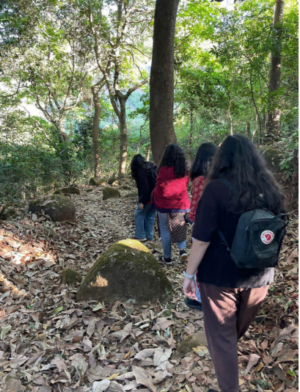
WRCS Director Jayant Kulkarni said that “The long term vision of the project is to establish a model wherein the forests are managed sustainably and yield economic benefits to the malki land owners so that they have an incentive to protect the forests”. The project is a complex collaboration between the local community, the private landowners, the corporate sector, and WRCS. The Forest Department supported the project’s activities, like conducting training workshops for the local community. This is especially beneficial in developing eco-tourism in the area since the local youths were trained to become nature guides from the workshops conducted by WRCS.
Kale informed that the plants preferred for the plantation are all indigenous species. Saplings of jamun, bamboo, amla, jackfruit, and local medicinal plants such as karanj, behada, shivan and hirda make up for the vegetation. WRCS has developed a nursery in Karate village wherein the seeds are sown, and later onwards, the growing saplings are replanted in various locations in the plantation area. The maintenance cost of each sapling is minimal and cost-effective, affirming Kale’s comment on how nature knows how to care for itself.
The sole human assistance required in the plant’s survival is replantation from the nursery and aiding the plant in water retention. However, this is not to underplay the role of volunteers who contribute for the project, as the plantation requires further manual labour in form of planters, workers in the nursery, transportation, watering the plants, manure application, creating fencing, and much more. In generating employment and awareness, the project has gained a lot of support from the host villages.
Involvement of local Community
Since its inception in 2014, the project has generated approximately 90,000 man-days of employment in the tree plantation activity alone. Each village has a local team, involved in the project, mainly in eco-restoration, but also in other activities like organic farming, or processing forest produce. For example, the Karate village, which has a population of approximately 300 people, has 25 to 30 people working on the plantation alone. These workers are paid regular wages, as per MGNREGA standards. WRCS also has a handicraft programme wherein local women are trained to make handicrafts on nature themes. The sale of handicrafts helps to provide them income.
An interesting point to note about the project workforce is the sex ratio. The project workforce is dominated by women, with a sex ratio of 80:20. While men perform labour intensive tasks like digging pits and fencing, women carry out rest of the project’s activities. Women also oversee and work at handicraft and food processing centres and the nursery, besides other things. Food products and handicrafts are an important source of revenue for the women. Before the project, many of these workers had eked out a living through subsistence agriculture. Now, not only do they have an alternate source of income, but the villagers affirm that they receive better crop yields due to improved soil quality and an increased green cover provided by the plantation project.
The local panchayat is also helpful in coordinating and assigning responsibilities to villagers, thereby supporting the plantation project. By quickly implementing the Ujjwala Scheme [offering subsidised LPG connections], it also drastically reduced tree-cutting occurring for cooking purposes.
Future scenario
Kale agrees that are substantial challenges that need to be overcome. “The primary obstacle we face in the plantation project is convincing landowners to plant trees on their malki land and dealing with anthropogenic issues such as intentional forest fires and grazing,” says Kale. Sometimes it is complicated since the malki land usually has multiple owners, often living in the city, making it difficult to obtain permission. They also have to overcome the degradation of the soil due to the traditional practice of shifting cultivation in the past.
So far, approximately 136,000 seedlings have been planted and the plants have recorded a survival rate of 80%. The local panchayat is pitching in to resolve the cattle-herding issue. As for the malki owners, there is a stronghold of 231 members who have supported this project. The project also has the strong support of many corporate and some non-corporate agencies like KPIT, Tata Motors, UPS Foundation, Persistent Foundation, Praj Foundation, Zensar Foundation, Maharashtra Foundation and the Forest Department. Some nature lovers have also given generous donations for the plantations. Kale feels that the support for the project will continue to increase. Expansion is inevitable, and the conservation project will advance at its own pace, just like nature.

